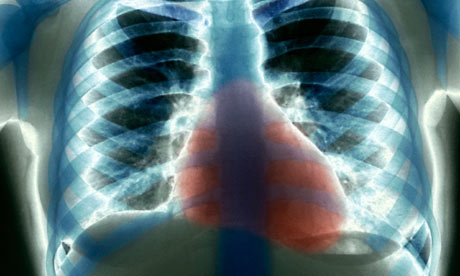 Scientists have found a way to make an almost limitless supply of stem cells that could safely be used in patients while avoiding the ethical dilemma of destroying embryos.
Scientists have found a way to make an almost limitless supply of stem cells that could safely be used in patients while avoiding the ethical dilemma of destroying embryos.In a breakthrough that could have huge implications, British and Canadian scientists have found a way of reprogramming skin cells taken from adults, effectively winding the clock back on the cells until they were in an embryonic form.
The work has been hailed as a major step forward by scientists and welcomed by pro-life organisations, who called on researchers to halt other experiments which use stem cells collected from embryos made at IVF clinics.
Sir Ian Wilmut, who led the team that cloned Dolly the Sheep and heads the MRC Centre for Regenerative Medicine at Edinburgh University where the work was done, said: "This is a significant step in the right direction. The team has made great progress and combining this work with that of other scientists working on stem cell differentiation, there is hope that the promise of regenerative medicine could soon be met."
Stem cells have the potential to be turned into any tissue in the body, an ability that has led researchers to believe they could be used to make "spare parts" to replace diseased and damaged organs and treat conditions as diverse as Parkinson's disease, diabetes and spinal cord injury.
Because the cells can be made from a patient's own skin, they carry the same DNA and so could be used without a risk of being rejected by the immune system.
Scientists showed they could make stem cells from adult cells more than a year ago, but the cells could never be used in patients because the procedure involved injecting viruses that could cause cancer. Overcoming the problem has been a major stumbling block in efforts to make stem cells fulfil their promise of transforming the future of medicine.
Now, scientists at the universities of Edinburgh and Toronto have found a way to achieve the same feat without using viruses, making so-called induced pluripotent stem (iPS) cell therapies a realistic prospect for the first time.
http://www.guardian.co.uk/science/2009/mar/01/stem-cells-breakthrough





No comments:
Post a Comment